Concrete and stone replace timber and tin in Queenslander facelift
The uniquely Queensland home is getting a facelift as trophy homeowners, architects and developers take the classic design in a new direction.
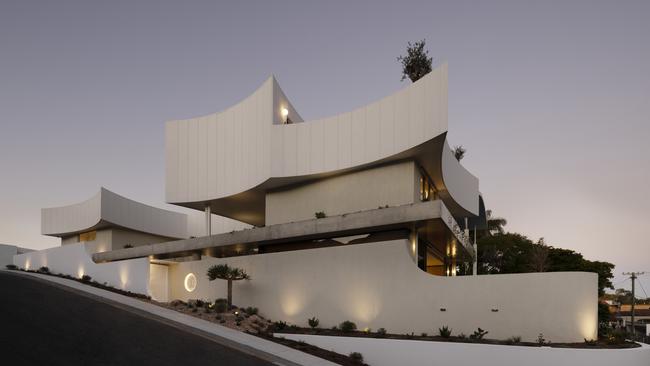
The iconic Queenslander is getting a facelift whether we like it or not.
Traditionally designed of timber with corrugated iron roofs, the uniquely Queensland home dots the Sunshine State landscape, attempting to capture breezes from its elevated position.
But an alternative is emerging. Favoured by trophy homeowners in the state’s southeast corner, the in-vogue design centres around concrete, stone, and hanging greenery.
Brisbane architect Shaun Lockyer reckons the new style is better suited to the subtropical climate.
“I think the romance of the Queenslander is their greatest value,” Mr Lockyer said. “The narrative that they’ve carried through the passage of time and stuff is a very beautiful thing.
“But, that stone, concrete and heavily landscaped form has a resonance, a poetic quality and durability to it that has stood the test of time.”
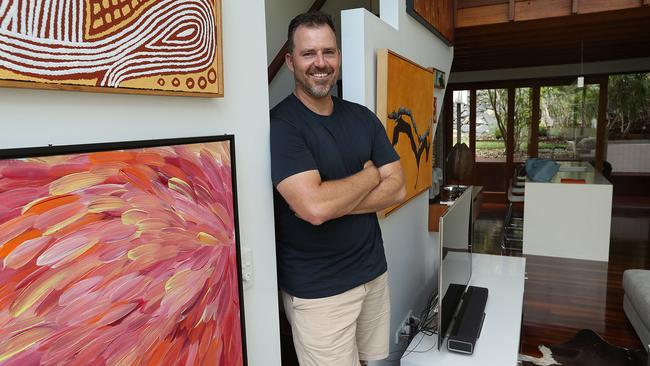
While aesthetically different, the two styles share commonalities in the deep overhangs, protected openings and screening. But the new direction is also functional, explains Mr Lockyer, who compared the concrete structures in South African and Brazilian cities that share the 27th parallel latitudinal line.
“It is a legitimate and very valid response to climate, to thermal mass, which is still our best fight against actual heating and cooling,” he said.
The style is typified by design duo Graya. The homes from brothers Rob and Andrew Gray often have a distinct contemporary and European feel, with hanging vines, travertine and curved edges.
Rob Gray said more homeowners are willing to push design boundaries.
“Design trends and design requirements are evolving quickly. People are pushing the boundaries more and more and that’s going to continue to happen for the next few years.”
One of their designs, Casa Espri, has just hit the market. The extravagant, Spanish-inspired oasis at Hamilton, a riverfront suburb in the city’s north, owned by commercial property agent Mike Walsh, offers five-bedrooms, five-bathrooms, a pool, gym and viewing terrace to capture views of the river and suburbia below.
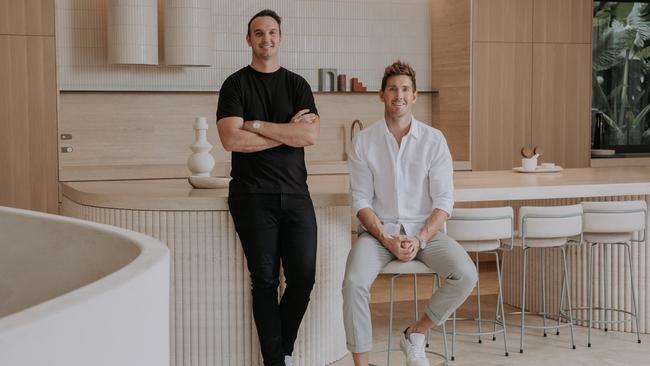
Ray White Collective Principal Matt Lancashire said buyers are after architecturally designed homes that aren’t the mainstream.
“Graya, they’ve gone to different parts of the world in their travels, and they find all these amazing places and bring that back,” Mr Lancashire said. “It’s not the traditional way of the Queenslander, it is a modern twist with pretty cool architecture.
“We’re getting a huge amount of people from down south and they’re absolutely lapping them up.”
Casa Espri comes on the market just months after local entrepreneurs and Flight Centre founders Jude and Graham “Skroo” Turner purchased Graya’s recently completed home called Scorpia, positioned atop Hamilton Hill, in June for $10m.
Mr Lancashire is marketing Casa Espri at 20 Longlands Road, Hamilton, via an expression of interest campaign and expects it to exceed Scorpia’s price.
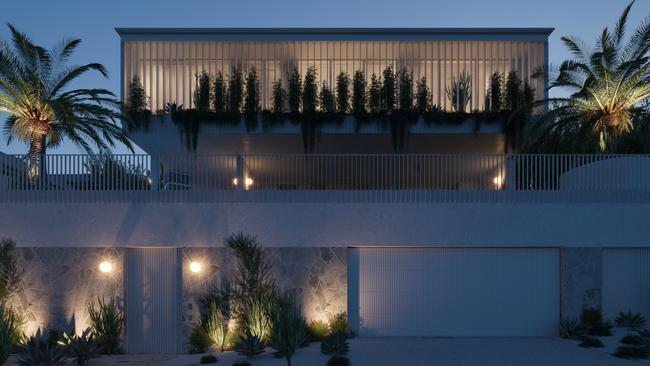
Graya is increasingly moving into the unit space. One of their final brand new homes, Palma on Towers St in the neighbouring suburb of Ascot, is on the market with Place Ascot principals Patrick McKinnon and Drew Davies.
Heritage overlays through the River City have seen some integrate the years-old homes that once stood on the lots of inner-city into the new style. Mr Lockyer said an appropriate response to history is not to mimic it.
“We’re seeing more people embracing and loving the fact that there’s this history, and then creating a contemporary response which honours the history of the suburban areas that they love,” he said.
Queensland’s luxury market has continued to climb in-step with broader prices, as few homes on the market and relative affordability to southern markets drive competition. Meanwhile, Place managing director Paul Curtain expects the momentum to continue in the lead-up to the 2032 Olympic Games.
“Our view is that values aren’t going to soften, and in fact, they could continue to head up,” he said.
“There could really be an inflection point with value where there are two ways of looking at Brisbane: It’s expensive compared to where it is, but it’s relatively inexpensive compared to where the median is in Sydney and Melbourne.”






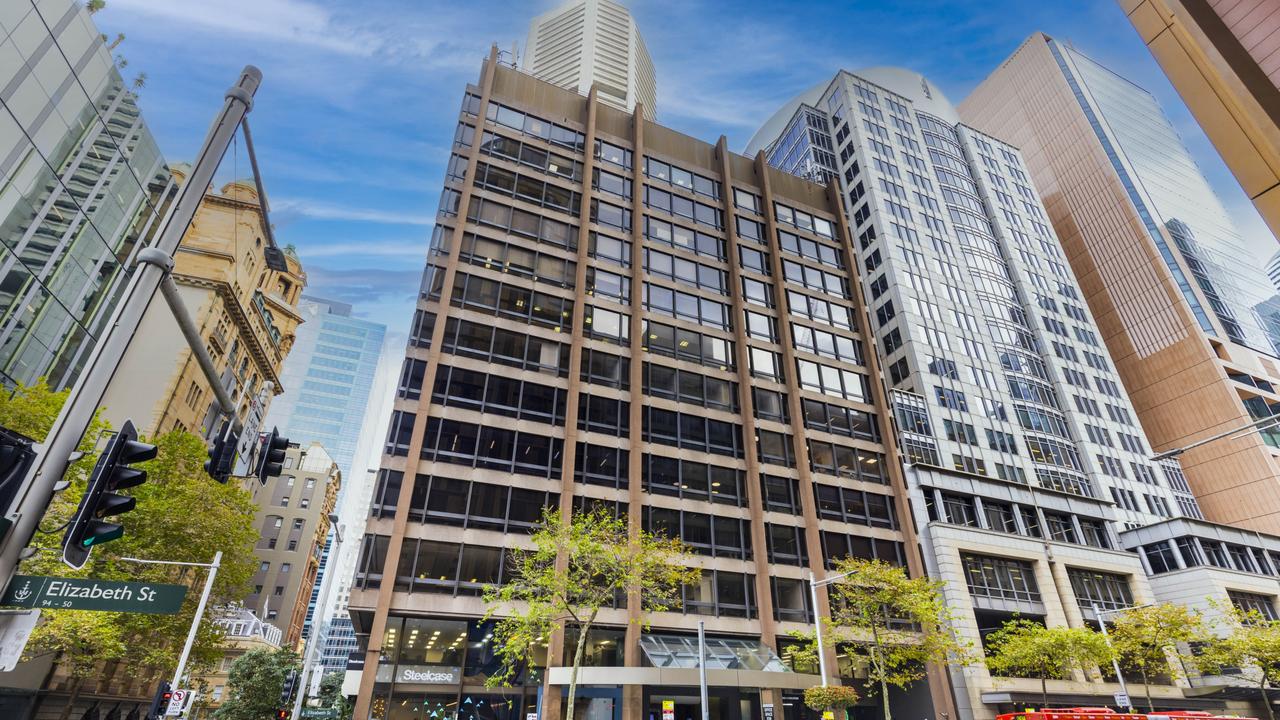
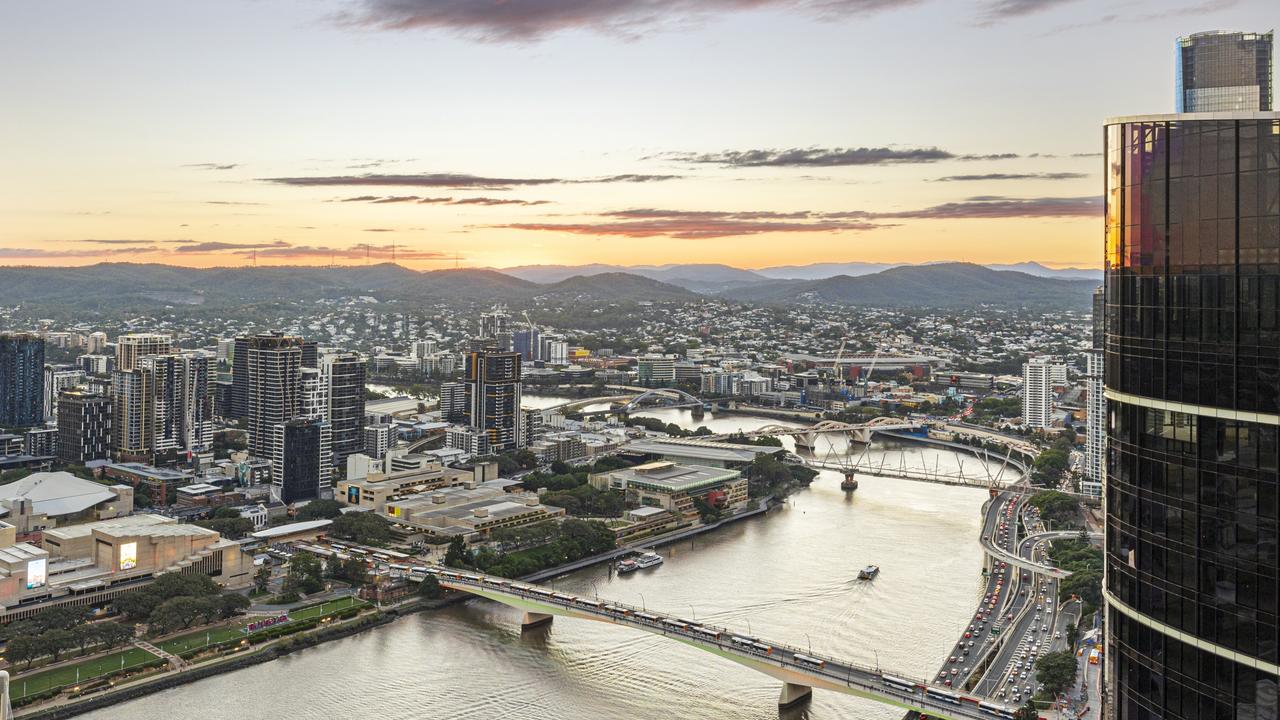
To join the conversation, please log in. Don't have an account? Register
Join the conversation, you are commenting as Logout